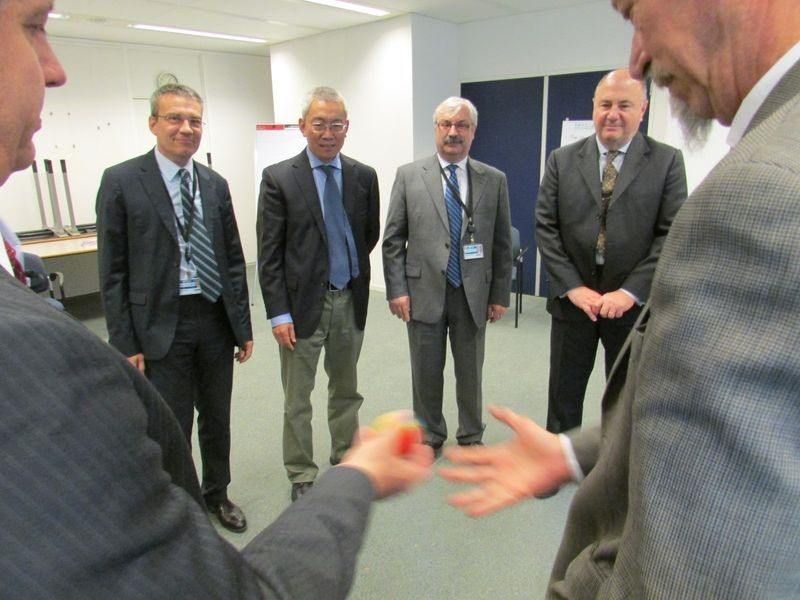Everyone likes to think their team doesn’t have a problem with workplace collaboration. But new research shows a crisis of teamwork in the office…

Everyone likes to think their team doesn’t have a problem with workplace collaboration. But new research shows a crisis of teamwork in the office…
The Ugly Truth About Workplace Collaboration
If there’s one thing every high-performing team requires, it’s teamwork. When employees are able to collaborate effectively, the National Center for Scientific Research has proven them to be more productive, more efficient with their time, and generate more top-line revenue.
But there’s one big problem: teamwork requires work.
…And a lot of organizations just aren’t putting in the effort.
New research shows that:
- 96% of executives say they have a problem with workplace collaboration. (Source: McKinsey)
- 86% of employee say workplace failures happen because of poor collaboration. (Source: Fierce Inc.)
- 39% of employees believe people in their organization don’t collaborate enough. (Source: Business Insider)
The ugly truth about workplace collaboration is that it doesn’t happen nearly enough .
Why Collaboration Software Might Not Be the Answer
So what’s the answer to this crisis of teamwork? Online collaboration software, such as Asana, Huddle, or Slack, has proven to be a popular choice for organizations over the past few years. These trendy tools can help employees communicate better, stay in the loop on different types of projects, and keep track of accountabilities.
But can software actually help build your team’s collaboration?
According to professional team coach and management consultant Joe Britto, these types of team collaboration tools can sometimes do more harm than good:
“You can have a brilliant platform for project management or sharing information… But that doesn’t breed involvement, or a sense of responsibility. You don’t build collaboration by getting people to use software, you just make life slightly harder for the people who don’t want to collaborate anyways. If employees don’t feel involve or invested… In my view, it has the potential to make the problem worse.— Joe Britto (Team Coach & Management Consultant)
So what does Joe Britto recommend teams do to build collaboration? Listen to this 15-minute podcast episode of “Outback Team Building & Training Tips” to find out:
5 Steps for Building Better Workplace Collaboration
In the podcast, Joe Britto says that while every team is different, you can follow these five steps to encourage a more harmonious work environment:
1. Identify Your Collaboration Road Blocks
The best way to discover why your team is not collaborating is to ask them directly what’s standing in their way. Get opinions from as many employees as possible, and look for trends in their answers.
2. Get Colleagues Involved
So many collaboration challenges happen because employees do not feel involved in the decision-making process. Include your team right from the get-go, and you’ll be able to collaborate more effectively.
3. Start a Collaborative Project
Turn your collaboration road blocks into special projects, that your team can work on together. For example, your team might say their biggest challenge for collaborating is the layout of your office. Let your team collectively take the lead on revamping the layout, encouraging them to make a group decision.
4. Get Executives Involved Too
For each project, ask your executive team to set up a very clear framework of what is and is not possible. If you were revamping the office layout, for example, executives might require certain employees to be in key locations. By getting their input early, you can ensure their buy-in later on.
5. Convince the Naysayers
If someone thinks collaboration “takes too long” or is a “waste of time,” show them the impact of your team’s first collaborative project. The results should help convince any naysayers.
When your team is unable to work well together, it’s your organization that suffers. If you’re serious about better collaboration, check out the Building Team Collaboration Consulting program. This multi-day consultation can dramatically change the way your team works together.

